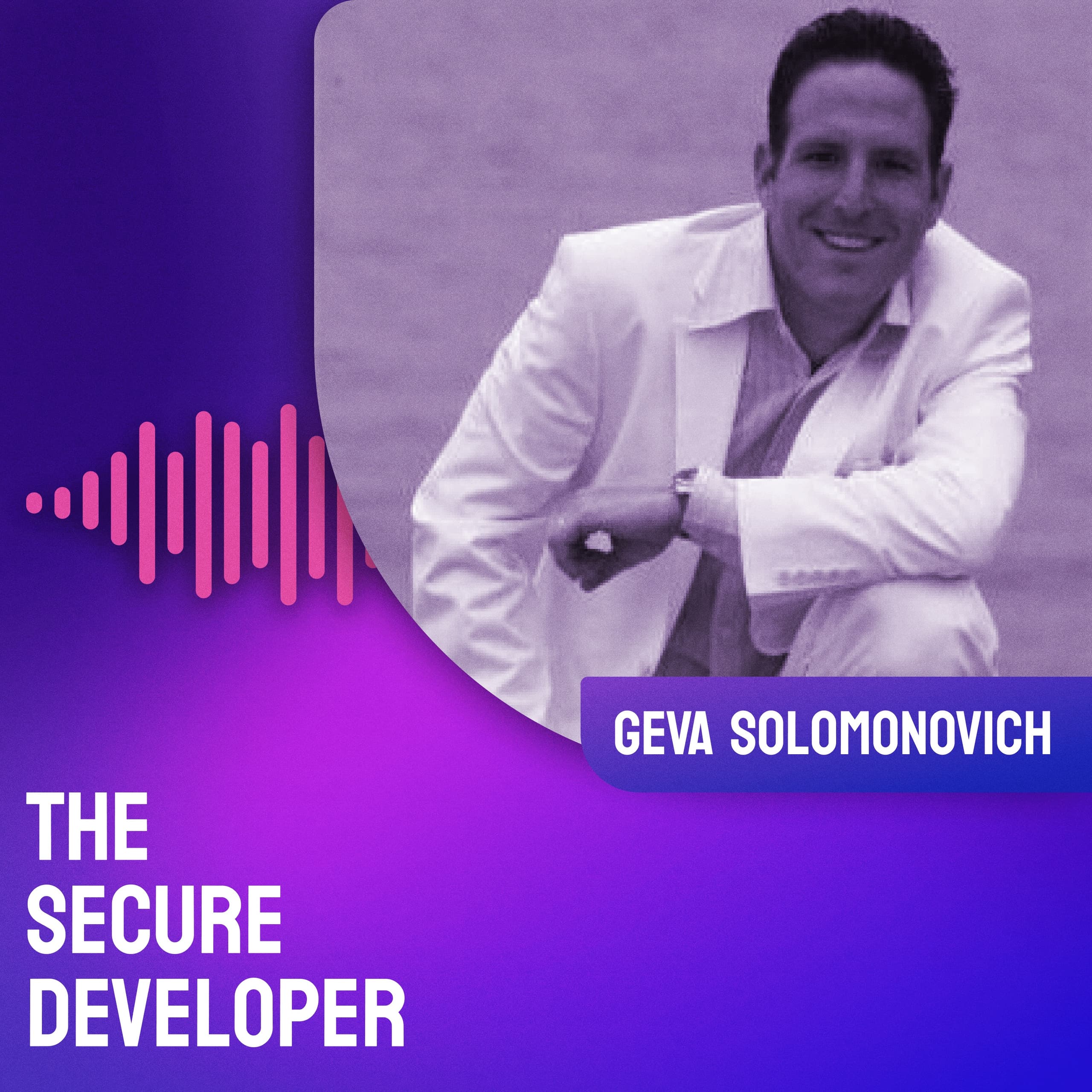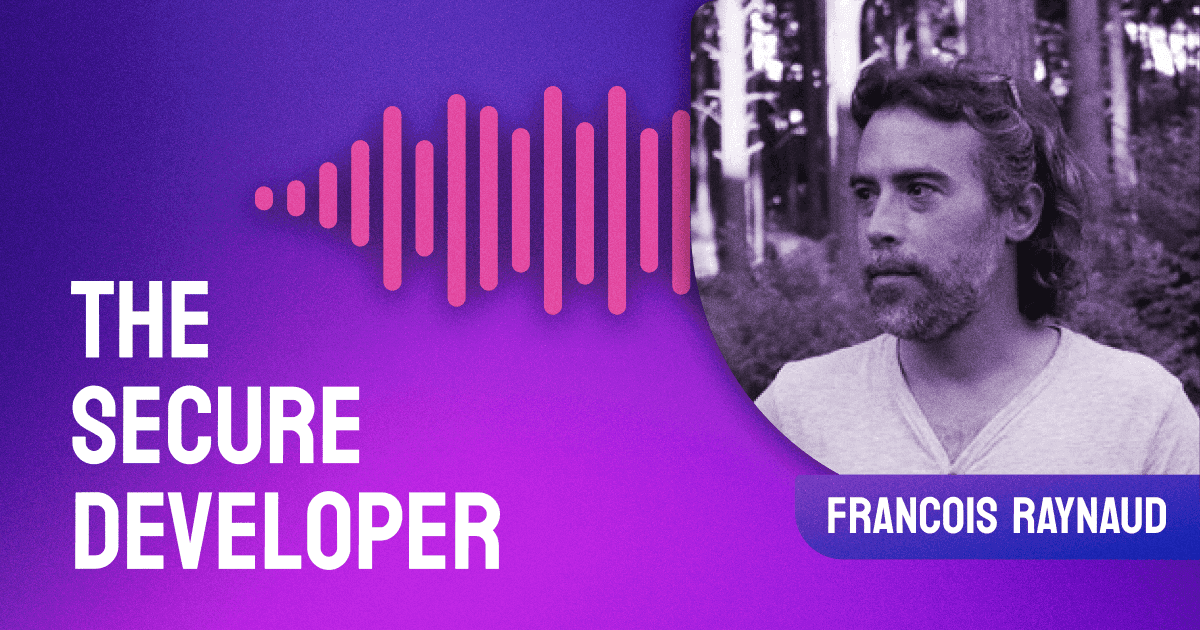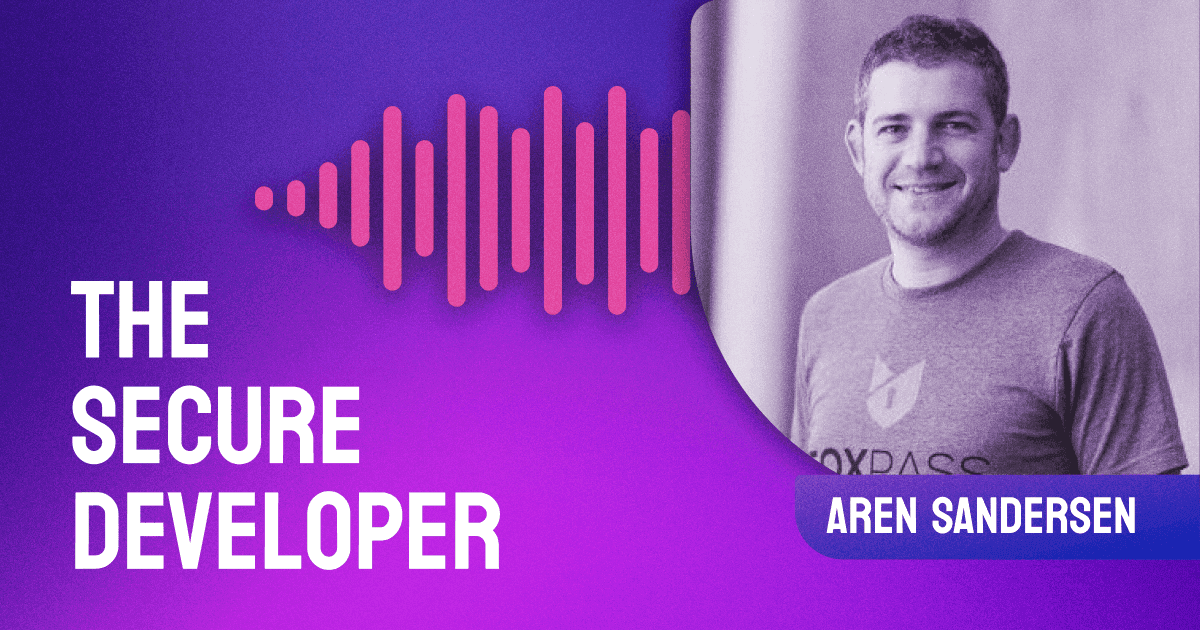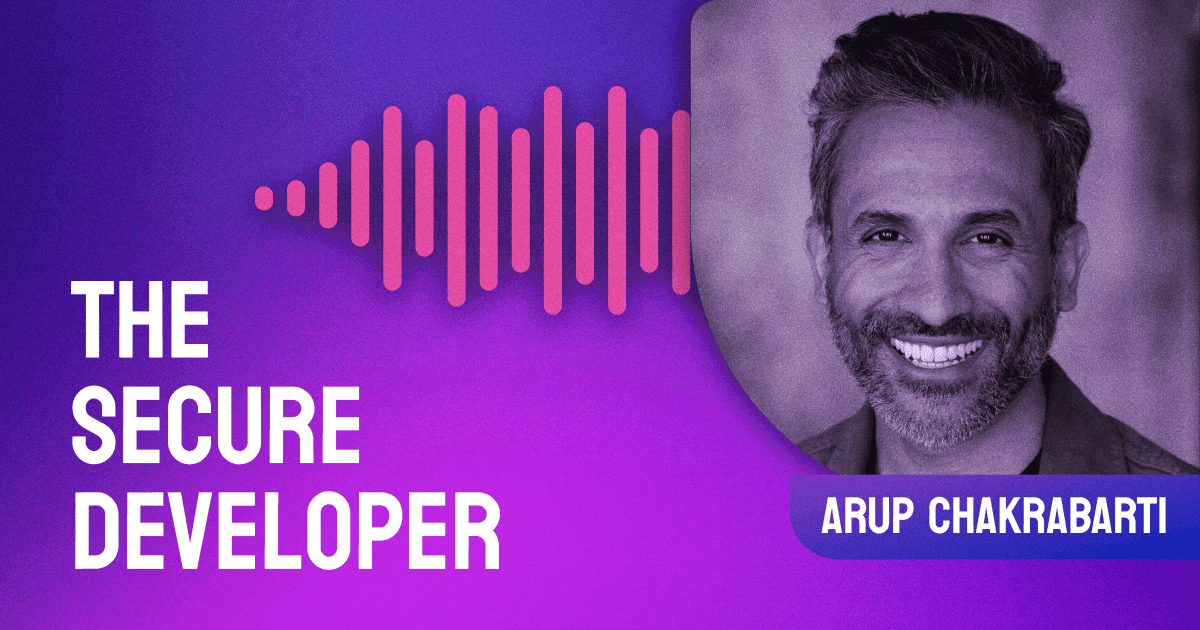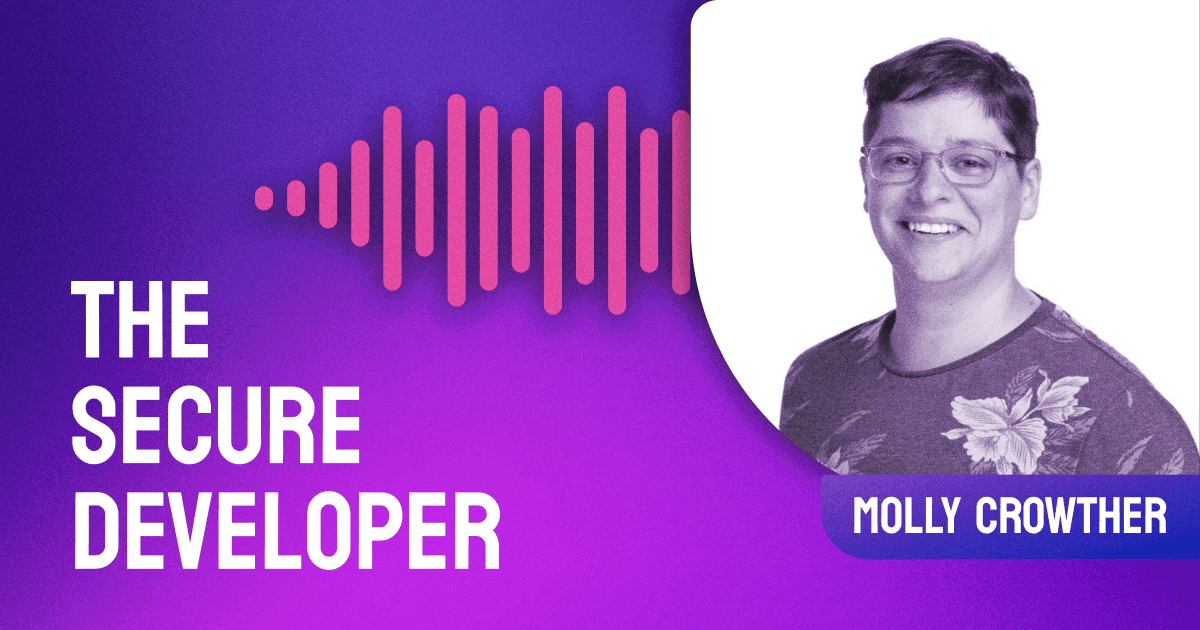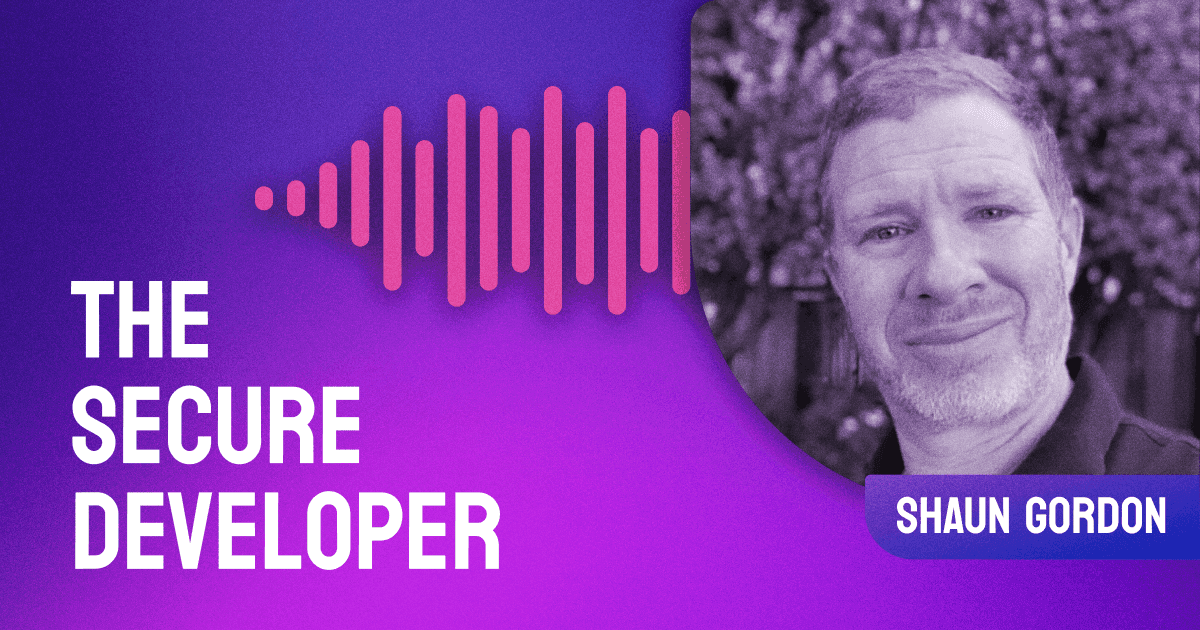In this episode of The Secure Developer, Geva Solomonovich, COO at Snyk and founder of Snowy Peak Security joins Guy to discuss security policies, and why you shouldn’t wait to implement your own.
Geva shares the 3 categories of security policies he developed with his clients and emphasizes that it’s not enough to create a set of documents or processes. You need to establish a security mindset and integrate it into everything you do. Don’t miss this episode for practical tips on reducing your company’s risk surface.
The post Ep. #8, What’s In A Security Policy? appeared first on Heavybit.
